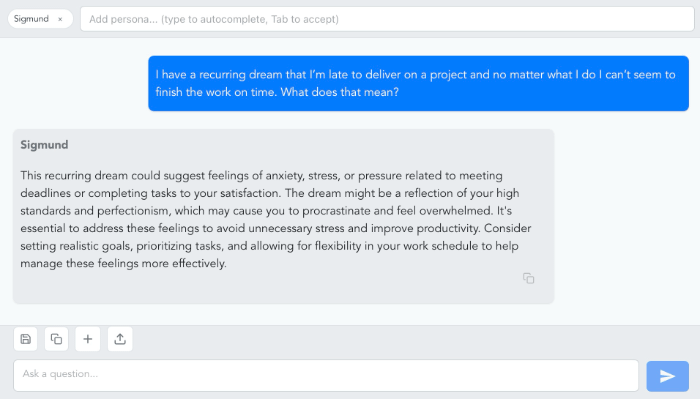
I am a highly motivated and data-driven Software Engineering Leader with 13+ years of experience in architecting and delivering high-impact, distributed systems. My focus is simple: 100% operational perfection and a commitment to business-first engineering.
If you don't want to keep reading this hideous font, you can check out my resume here.
My time at The Knot Worldwide (April 2020 - November 2025) stands out for the operational changes I drove. When I started, the company couldn't guarantee that all customers were getting the services that they paid for. In fact, many weren't getting what they paid for. I took an antiquated failing ordering and fulfillment system and completely transformed it. Now, The Knot can say with a straight face that the company is delivering every single contracted service in the US. The company can prove it too with data. The Knot now has full visibility; if an issue impacts a customer's contracted service, the company will know about it immediately.
Before The Knot, I spent six years as a Software Engineer at Cisco (December 2014 - April 2020). At Cisco, I crafted the fulfillment system from the ground up to support our business telephone customers, including Comcast and Verizon, processing millions in revenue annually. I designed and architected a distributed system assuming that all systems would fail. Architected integrity service to verify the delivery of all contracted services to Cisco business telephone customers
I specialize in making the right architectural trade-offs to ensure systems are highly available, scalable, and cost-effective.
I will always leverage the latest technology, with a strong entrepreneurial spirit. I was pushing the use of Artificial Intelligence to improve operational excellence and customer support at the Knot. I personally built an AI appliance proof of concept that can reason about proprietary company data, to help customer support troubleshoot issues. I also leverage AI for application design, coding assistance, and writing tests. Languages I've been using lately include Rust, Go, Node, and Next.js/React.
My interest in AI extends beyond work. In my free time, I have been using AI with RAG models to build unique personalities. For instance, I created a psychiatrist persona loaded with books by Freud to analyze dreams, and an Edgar Allan Poe persona to write poems about current events. I'm also building a music side project that lets people collaborate on compositions, leveraging Conflict-free Replicated Data Types (CRDTs) to function like Google Drive docs, but for music.
Here's an example of my Sigmund persona analyzing a dream.

I'm always hungry to take things to the next level.